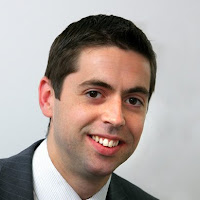
Nature has equipped all mammals with two equally functioning ears as a primary means of survival, both for locating food and for hearing approaching danger. For humans, two-eared hearing is just as necessary to survive in our modern noisy societies; to hear in traffic, in crowds and to understand speech. Hearing properly with two ears means the difference between simply listening to noise and hearing clearly with understanding.
The hearing centre of the brain relies on two independent ‘microphones’- the ears. If only one ear is functioning properly, there will be difficulty in understanding speech in noisy environments and in locating the direction from which the sound is coming. Scientific research as well as individual experience, confirms that most people with a hearing loss in both ears, can benefit greatly from wearing binaural (stereophonic) hearing instruments i.e. a hearing instrument for each ear that responds to sound correction. The major benefits are:-
Better understanding in noisy places – By wearing two hearing aids rather than just one, selective listening is more easily achieved. This means your brain can focus on the conversation you want to hear and reduce the amount of unwanted background noise more easily.
Better identification of sound direction - Sound direction identification is called 'localisation' and is dependent upon two equally functioning ears. The effect can be dramatic if the sound is a warning signal such as an approaching car.
Clearer reception of softly-spoken words - When only one hearing instrument is worn, volume has to be at a higher level to compensate and this exaggerates interfering background noise and can distort these sounds.
Better sound quality - By wearing an instrument in each ear you increase your hearing distance range and this greater range provides a better sense of sound balance and quality.
Smoother tone quality - Amplification from two hearing instruments requires less volume than with one alone. This results in less distortion and better reproduction of amplified sound.
Better feeling of balance - Hearing with both ears results in a feeling of balanced sound reception also known as the "stereo effect". Hearing with one ear often creates an unusual feeling of having a blocked or ‘dead’ ear.
Less tiring - Many binaural hearing instrument wearers report that listening to conversations is both less tiring and stressful because a lower volume is required to hear clearly, compared to hearing with one ear.
Two hearing instruments are not always suitable, but when they are, you can be sure that your hearing aid audiologist has your best hearing interest in mind.




























